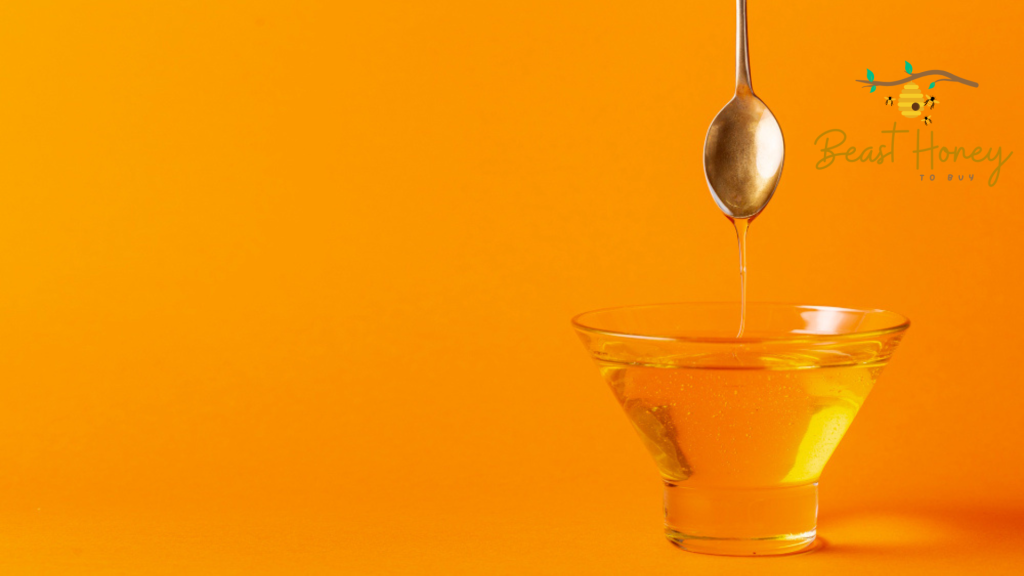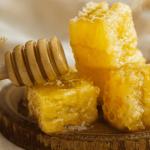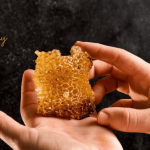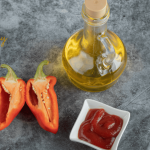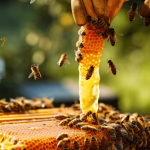Raw honey is a natural gem. It’s sweet, healthy, and perfect for cooking or health remedies. Buying it in bulk saves money, especially for businesses or honey lovers.
But storing bulk raw honey can be tricky. Crystallization is a common issue that scares many people. Don’t worry! This guide will show you how to store bulk raw honey properly.
You’ll keep it fresh, liquid, and ready to use. Let’s get started with simple, practical tips.
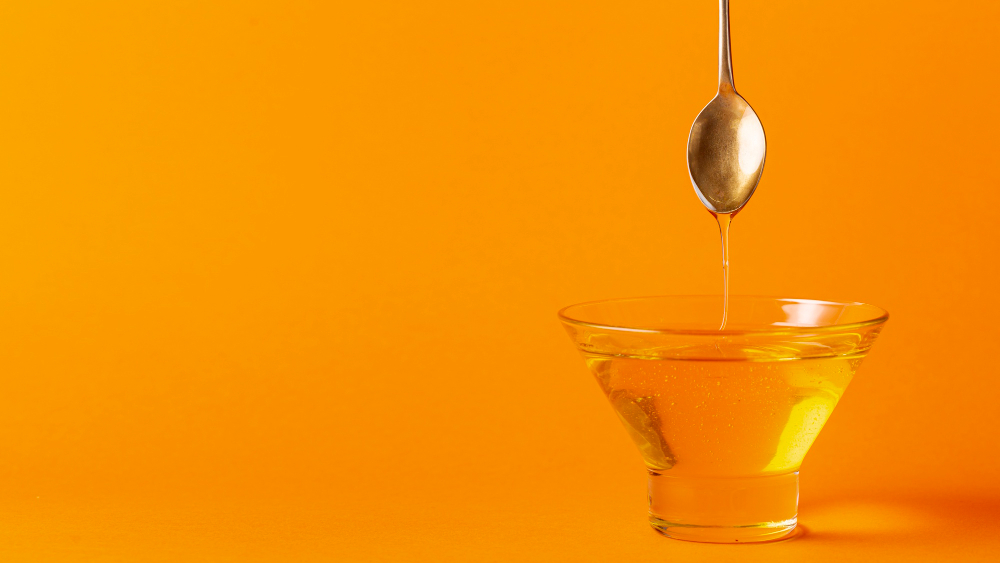
Why Raw Honey Crystallizes
Crystallization is normal for raw honey. It happens because honey is a supersaturated solution. That means it has more natural sugars than water can hold. Over time, sugars form crystals, turning honey thick or grainy. This doesn’t mean it’s spoiled. Crystallized honey is still safe to eat. But for bulk storage, you might want it to stay liquid. Understanding why it crystallizes helps you prevent it.
Factors That Cause Crystallization
Several things speed up crystallization
- Temperature: Cold temperatures make honey crystallize faster.
- Sugar Content: Honeys with high glucose, like clover, crystallize quicker.
- Impurities: Pollen or wax bits in raw honey act as “seeds” for crystals.
- Moisture: Low water content in honey encourages crystallization.
Knowing these factors lets you control storage conditions.
Benefits of Proper Honey Storage
Storing bulk raw honey correctly has big perks. It saves money by preventing waste. It keeps honey’s flavor and nutrients intact. For businesses like cafés or bakeries, it ensures a steady supply. Plus, liquid honey is easier to pour or scoop. Let’s explore how to do it right.
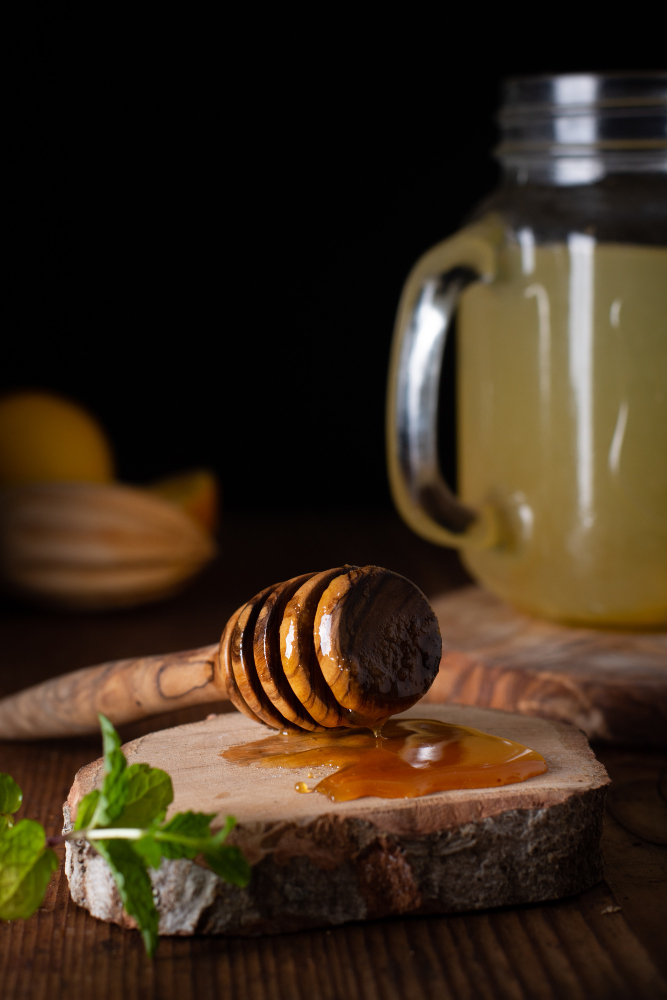
Best Practices for Storing Bulk Raw Honey
Follow these simple steps to keep your honey fresh and liquid. They’re easy to apply, whether you have a 5-pound jug or a 50-pound pail.
Choose the Right Containers
The container matters. Use food-grade containers to keep honey safe. Here are the best options
- Glass Jars: Ideal for smaller amounts. They’re non-reactive and seal tightly.
- Food-Grade Plastic Buckets: Great for large quantities. Ensure they’re BPA-free.
- Stainless Steel Drums: Perfect for businesses needing massive volumes.
Avoid metal containers like aluminum. They can react with honey’s acids and affect flavor.
Store at the Right Temperature
Temperature is key to preventing crystallization. Raw honey likes warmth but not heat. Aim for these conditions
- Ideal Range: Store at 70–80°F (21–27°C). This keeps honey liquid without damaging nutrients.
- Avoid Cold: Don’t refrigerate or store below 50°F (10°C). Cold speeds up crystallization.
- Avoid Heat: Temperatures above 95°F (35°C) can kill enzymes and ruin flavor.
A pantry or cupboard works well. Keep honey away from stoves or sunny windows.
Keep Containers Airtight
Air exposure can introduce moisture or contaminants. This leads to spoilage or faster crystallization. Always use airtight lids. Check seals regularly, especially for large buckets. If a lid feels loose, replace it or use food-grade tape to secure it.
Minimize Contamination
Raw honey is naturally antimicrobial. But dirt or water can cause problems. Follow these tips
- Use Clean Utensils: Scoop honey with dry, clean spoons or ladles.
- Avoid Water: Even a drop of water can trigger fermentation or crystallization.
- Keep Debris Out: Bits of food or dust can act as crystal “seeds.”
A little care keeps your honey pure and liquid.
Store in a Dark Place
Light can degrade honey over time. It affects flavor and nutrients. Store bulk honey in a dark spot, like a pantry or cabinet. If using clear containers, wrap them in a cloth or keep them in a box. This also helps maintain stable temperatures.
How to Prevent Crystallization
Crystallization isn’t bad, but liquid honey is often preferred. Here are extra steps to keep it smooth.
Choose Low-Glucose Honey
Some honeys crystallize slower. Honeys with high fructose, like acacia or tupelo, stay liquid longer. If you want less hassle, ask suppliers for these varieties. Clover or wildflower honeys crystallize faster, so plan extra care for those.
Filter Lightly (If Needed)
Raw honey contains pollen and wax. These add health benefits but can trigger crystallization. If you need liquid honey for a long time, consider lightly filtered raw honey. It’s still unheated but has fewer particles. Check with suppliers for “minimally filtered” options.
Warm Honey Gently
If crystallization starts, you can reverse it. But don’t overheat! Follow these steps
- Use a Warm Water Bath: Place the container in water heated to 95–100°F (35–38°C). Stir gently until liquid.
- Avoid Microwaves: They create hot spots and destroy nutrients.
- Go Slow: Warm gradually to preserve flavor and enzymes.
Only warm what you need. Repeated heating can degrade quality.
Store in Smaller Batches
Large containers are great for bulk savings. But opening them often introduces air and moisture. To prevent this, divide honey into smaller jars for daily use. Keep the main container sealed and stored properly. This reduces exposure and keeps honey liquid.
Common Storage Mistakes to Avoid
Even small errors can ruin your honey. Watch out for these
- Refrigerating Honey: Cold temperatures cause fast crystallization.
- Using Dirty Utensils: Contamination risks fermentation or spoilage.
- Storing Near Heat: Ovens or radiators degrade honey’s quality.
- Ignoring Leaks: A loose lid lets in air and moisture.
Avoid these to keep your honey in top shape.
How to Store Bulk Honey for Businesses
Businesses like restaurants or bakeries use tons of honey. Storage needs extra planning. Here are tips
- Label Containers: Note the purchase date and honey type (e.g., raw clover). This tracks freshness.
- Rotate Stock: Use older honey first to avoid waste.
- Check Regularly: Inspect for crystallization or leaks monthly.
- Train Staff: Teach employees to handle honey properly. No wet spoons!
These steps ensure your bulk honey stays usable and cost-effective.
What to Do If Honey Crystallizes
Crystallization happens sometimes. It’s not a disaster! Here’s how to handle it
- Warm It Up: Use a warm water bath to liquify, as mentioned earlier.
- Use It As-Is: Crystallized honey works great in baking or spreads. It’s still delicious.
- Prevent Recurrence: Store at 70–80°F and check for impurities.
Crystallized honey is safe and nutritious. It just needs a little TLC.
Real-Life Example: My Honey Storage Journey
Last year, I bought a 40-pound pail of raw wildflower honey. I stored it in my garage, thinking it was cool enough. Big mistake! Winter hit, and the honey turned rock-hard with crystals. I learned my lesson. I moved it to a pantry at 75°F and divided it into smaller jars. Now, I warm small batches as needed. My honey stays liquid, and I use it for everything from tea to marinades. Proper storage saves the day!
FAQs About Storing Bulk Raw Honey
Here are quick answers to common questions
- Does raw honey expire? No, properly stored honey lasts forever. It’s naturally preservative.
- Can I freeze honey? Freezing prevents crystallization but isn’t needed. Room temperature is better.
- Why is my honey separating? Separation is normal in raw honey. Stir gently to mix.
- Is crystallized honey bad? No, it’s still good. Warm it or use it grainy.
These answers clear up confusion and keep you confident.
Final Tips for Storing Bulk Raw Honey
Let’s wrap up with key takeaways
- Store at 70–80°F in airtight, food-grade containers.
- Keep honey in a dark, dry place away from heat or cold.
- Use clean utensils to avoid contamination.
- Choose high-fructose honeys or lightly filtered options to slow crystallization.
- Warm crystallized honey gently if needed.
Storing bulk raw honey without crystallization is easy with these tips.
You’ll save money, reduce waste, and enjoy honey’s natural goodness. Whether for home or business, proper storage keeps your honey flowing smoothly. Happy storing!
For more information, visit , https://besthoneytobuy.com/

